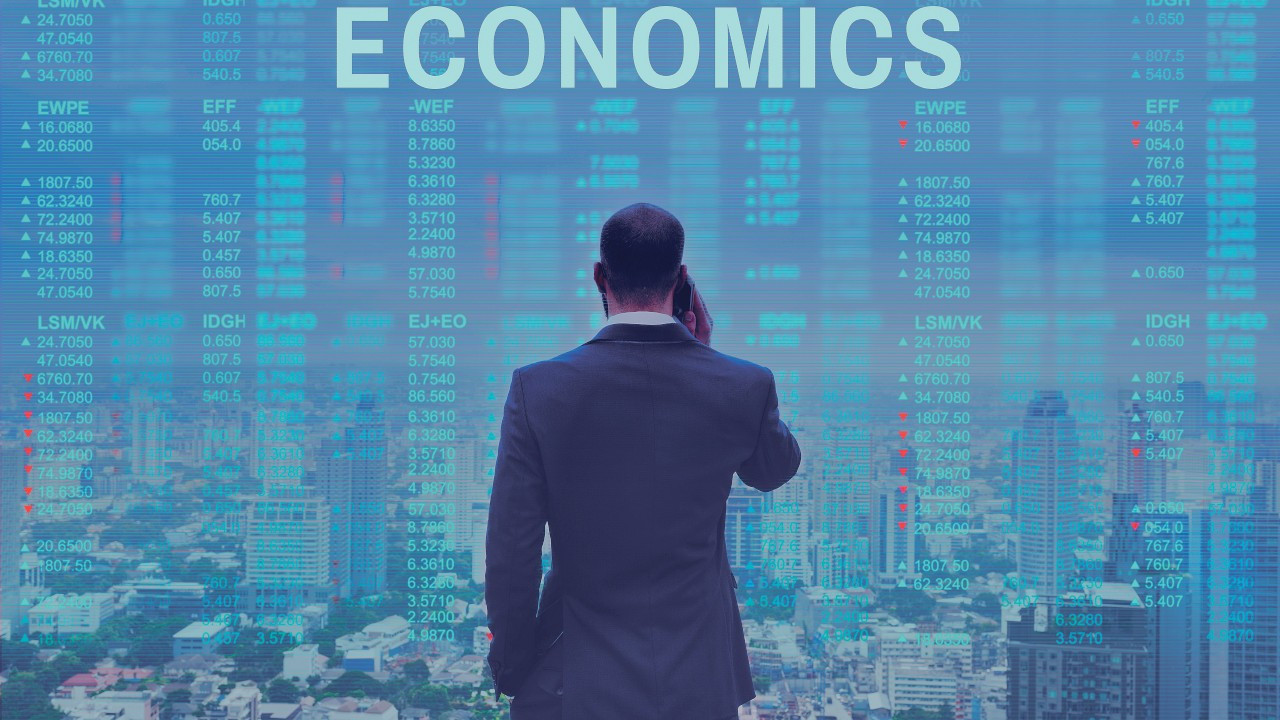
2022 has come to an end, when central banks took the drastic interest rate hike steps in history, some commodity prices broke records due to the Russia-Ukraine war, and inflation pressure worldwide reached historical levels. In 2022, the US Federal Reserve (Fed) raised the policy rate to the highest level of the last 15 years with 4.25-4.50 percent, and the European Central Bank (ECB) increased the refinancing rate to the highest level of the last 14 years with 2.50 percent. Although the price of Brent oil regressed after seeing $131 a barrel with the Russia-Ukraine war, it ended the year at $84.3 with an increase of 8.4 percent. The ounce price of gold, following a fluctuating course in the range of $ 1.615-2,070, closed the year at $ 1,824.6 with a decrease of 0.3 percent. IS Investment International Capital Markets Manager Shant Manukyan said that the Fed’s rate hikes will clearly show their impact in the second half of the year and that the recession in the USA will be the main issue. Reminding that stagflation, which was the widespread view at the beginning of last year, did not materialize even though oil prices rose to 130 dollars, Manukyan said that central banks in the USA and Europe started to increase interest rates due to inflation pressure, while central banks continued their loose monetary policies due to less pressure on the Japanese and Chinese side. told. “The rise in real interest rates has largely come to an end” From this point of view, Manukyan stated that the worst scenario did not materialize and said, “We can say that the losses in the equity markets are relatively limited. The same is true for the bond market.” Noting that the expectation that the Fed will raise interest rates enough to put the country into recession continues and that the bank has already implicitly expressed this, Manukyan stated that he does not think that there will be a recession in the first half of the year when looking at 2023 in broad terms. Pointing out that there is an important uncertainty about what Europe will use instead of Russian natural gas, Manukyan said that every option other than Russian gas will be challenging because it brings more costs to the European industry. Stating that China’s growth will accelerate this year, Manukyan said that he does not expect this to create a new trend on commodity prices. Manukyan stated that the only way to grow in a year when domestic and foreign demand will be weak is infrastructure investments, but a package that will affect growth will not be announced as it was in 2009. Strategist Özgür Hatipoğlu also noted that a recession could clearly emerge in the second half of the year, adding, “At this point, it is important to mention the final interest rate issue, which is an important question mark. While the swap market is pricing below 5 percent, Fed committee members expect 5.25 percent. My expectation is on the other hand, it will be realized in the 5.25-5.50 band,” he said. Hatipoğlu reminded that global central banks have followed the Fed one step behind since the 2008 crisis in terms of managing expectations in the market. “Every pullback will be a buying opportunity” Emphasizing that precious metals should have been added to the portfolios since November 2022, Hatipoğlu said, “The fall in policy rates is the most fundamental factor that will lead to the rise of gold and other precious metals. From now on, every pullback in gold will be a buying opportunity.” Noting that oil is a highly controversial issue, Hatipoğlu emphasized that the oil market is a battlefield where the USA and Russia collide. In addition to these, Hatipoğlu stated that in response to the opening of China and the possible increase in demand, demand contraction due to the global recession can be added, “Therefore, based on the short-term news flow in the oil market, it is estimated that the band movement can continue with maximum 2-week rallies and sales waves. “This band seems to be limited to $70 below and $95 above.” Stating that the increasing number of cases in the epidemic in China will have a limited impact on market pricing, Hatipoğlu said: “In 2023, downside risks are still higher in the stock market, especially for growth stocks. Industry, health and oil stocks will outweigh the portfolios. On the commodity side. “I think there are remarkable opportunities in agricultural commodities. While precious metals offer opportunity, base metals are far from my favorite for recession.”
